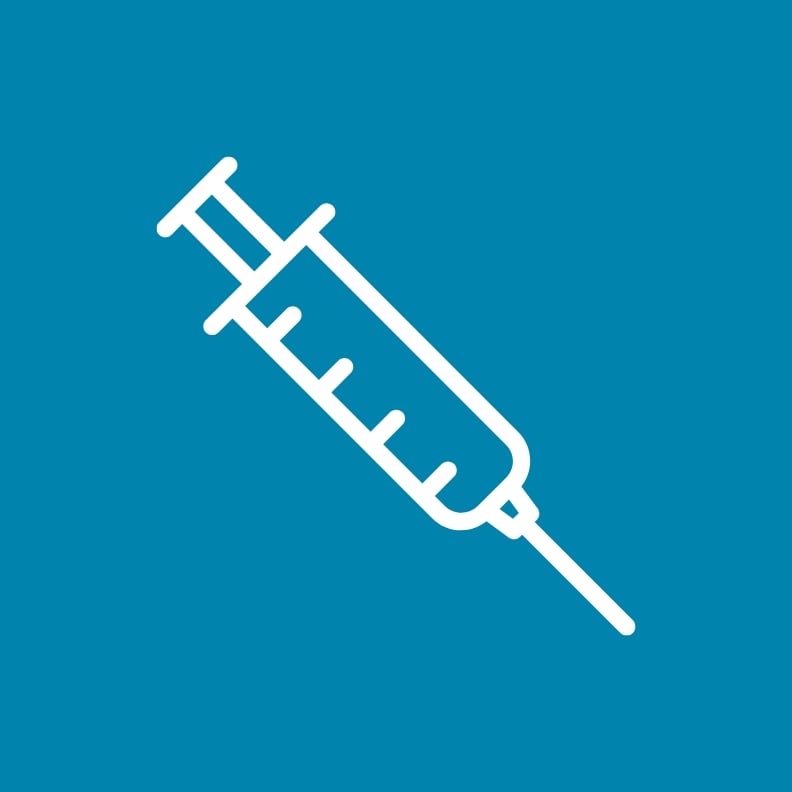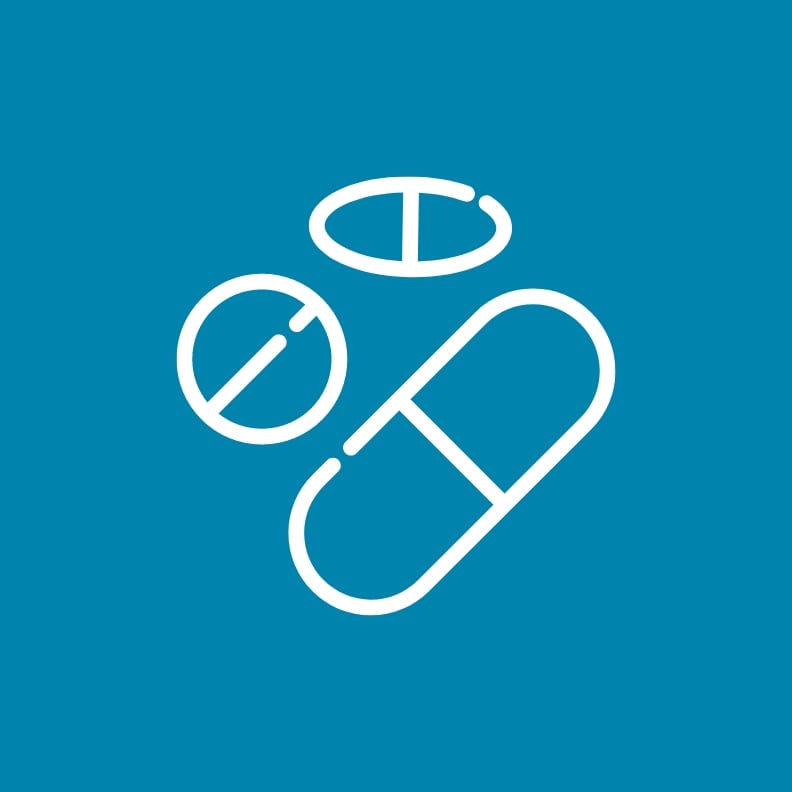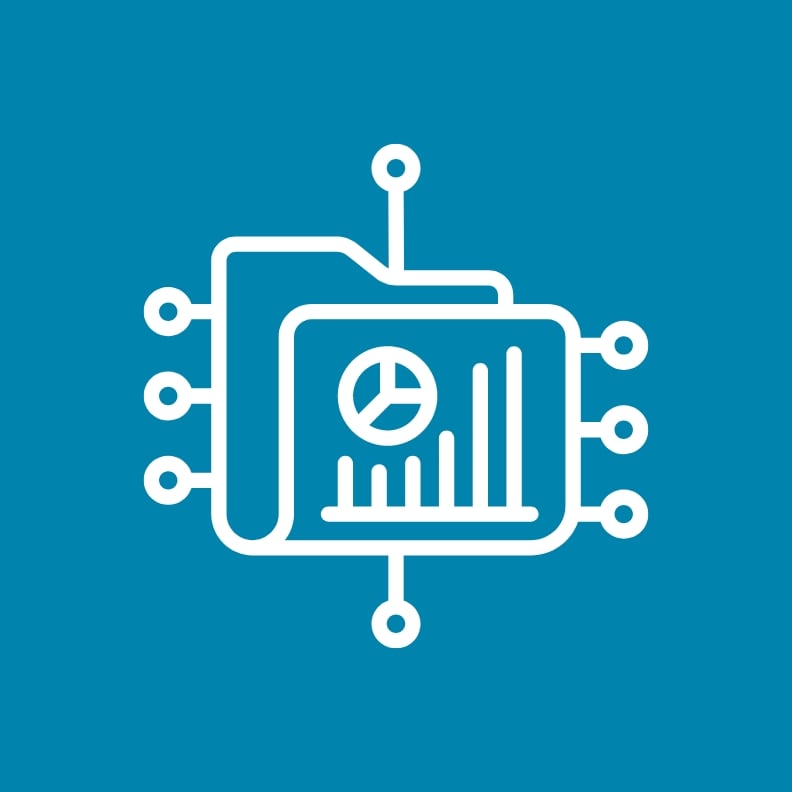Our Shared Focus
With a readily available, global network of medical professionals, eligible patients, and advanced technology, including digital therapies and wearables, ClinChoice aligns with the evolving landscape of healthcare innovation, powering timely access to essential treatments and therapies.

Medical Devices & Diagnostics
Medical device and diagnostic research is broad, challenging, and rapidly increasing in complexity, making it an incredibly demanding area of study. Unlike in drug development, regulatory bodies allow for continuous refinement of medical devices and diagnostics based on evidence, so we utilize real-world evidence as well as traditional controlled trials to demonstrate performance and safety, provide evidence for product claims, and meet regulatory requirements for clinical evaluation. Our experience includes but is not limited to:
- Cardiovascular
- Central Nervous System
- Dermatology
- Endocrinology / Diabetology
- Gastrointestinal
- Hematology
- Infectious Diseases
- Nephrology
- Oncology
- Ophthalmology
- Orthopedics
- Respiratory
- Thoracic Surgery
- Women’s Health

Rare Disease
Navigating rare disease research and trials requires specialized expertise. Unique challenges such as limited patient populations, geographical dispersion, and hospital sites necessitate innovative strategies, which ClinChoice achieves through custom processes. We leverage global connections and advocacy group collaborations to improve patient experiences, enrollment, and retention. Our experience includes but is not limited to:
- Acute Leukemia
- Alpha-1 Antitrypsin Deficiency
- Alpha-Mannosidosis
- Amyotrophic Lateral Sclerosis
- Cystic Fibrosis
- Duchenne Muscular Dystrophy
- Lupus
- Limbal Stem Cell Deficiency
- Malignant Melanoma
- Multiple Sclerosis
- Multiple System Atrophy
- Myasthenia Gravis
- Neurotrophic Keratitis
- Prader-Willi Syndrome
- Retinitis Pigmentosa
- Rhesus Disease

Vaccines
ClinChoice conducts vaccine studies that contribute significantly to global public health initiatives, combating life-threatening and debilitating diseases worldwide. Our comprehensive capabilities encompass every aspect, from meticulous study design and strategic site selection to efficient subject recruitment, thorough data analysis, and impeccable project execution. Our experience includes but is not limited to:
- Cancer Vaccines and Tropical and Neglected Diseases
- Infectious Diseases
- COVID-19
- Dengue Fever
- Herpes Zoster
- Japanese Encephalitis
- Malaria
- Leishmaniasis
- Seasonal and Pandemic Influenza

Consumer Health
Consumer health awareness and behaviors evolve and change rapidly, and the healthcare industry demands that product manufacturers stay up to date. ClinChoice provides the tools and resources to do just that and uncover optimal paths to meet the varying, immediate requirements of your consumers while also anticipating emerging market trends.

Growing Portfolio
ClinChoice consistently enhances its expertise, driving innovation and delivering impactful results across diverse specialties and unique product lifecycles. Our growing portfolio includes but is not limited to:
- Combined Products
- Digital Therapeutics (DTx)